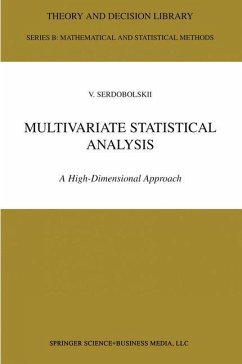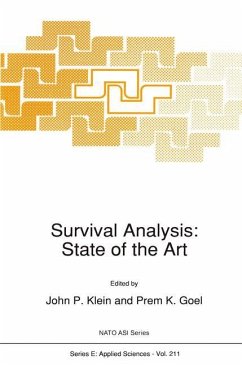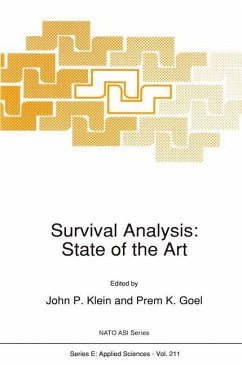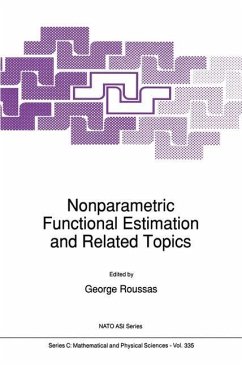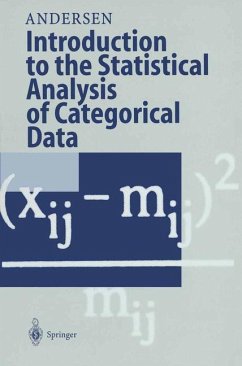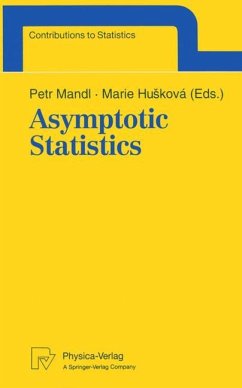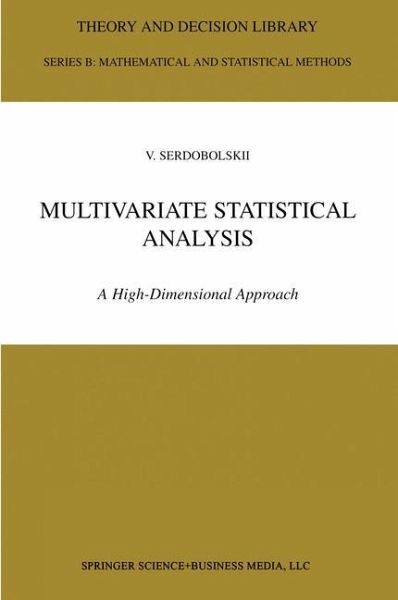
Multivariate Statistical Analysis
A High-Dimensional Approach
Versandkostenfrei!
Versandfertig in 1-2 Wochen
77,99 €
inkl. MwSt.
Weitere Ausgaben:

PAYBACK Punkte
39 °P sammeln!
In the last few decades the accumulation of large amounts of in formation in numerous applications. has stimtllated an increased in terest in multivariate analysis. Computer technologies allow one to use multi-dimensional and multi-parametric models successfully. At the same time, an interest arose in statistical analysis with a de ficiency of sample data. Nevertheless, it is difficult to describe the recent state of affairs in applied multivariate methods as satisfactory. Unimprovable (dominating) statistical procedures are still unknown except for a few specific cases. The simplest problem o...
In the last few decades the accumulation of large amounts of in formation in numerous applications. has stimtllated an increased in terest in multivariate analysis. Computer technologies allow one to use multi-dimensional and multi-parametric models successfully. At the same time, an interest arose in statistical analysis with a de ficiency of sample data. Nevertheless, it is difficult to describe the recent state of affairs in applied multivariate methods as satisfactory. Unimprovable (dominating) statistical procedures are still unknown except for a few specific cases. The simplest problem of estimat ing the mean vector with minimum quadratic risk is unsolved, even for normal distributions. Commonly used standard linear multivari ate procedures based on the inversion of sample covariance matrices can lead to unstable results or provide no solution in dependence of data. Programs included in standard statistical packages cannot process 'multi-collinear data' and there are no theoretical recommen dations except to ignore a part of the data. The probability of data degeneration increases with the dimension n, and for n > N, where N is the sample size, the sample covariance matrix has no inverse. Thus nearly all conventional linear methods of multivariate statis tics prove to be unreliable or even not applicable to high-dimensional data.





